Why H5N1 Looms as the Invisible Threat Shaping Our World Today
First identified in humans in 1997, the H5N1 virus—commonly known as bird flu—has haunted the edges of global health for decades. While it primarily circulates in birds, its occasional leap into humans has triggered alarm due to its high fatality rate and pandemic potential. What began as an isolated zoonotic event has since become a complex, recurring threat—spanning continents, species, and systems. With rising cases in mammals and an unpredictable mutation profile, H5N1 is no longer just a veterinary concern—it’s a multi-dimensional crisis-in-waiting. That’s why we’ve expanded our guide to 15 Complexities of the H5N1 Virus—a closer look at the biological, ecological, and geopolitical ripple effects behind the headlines. Because understanding H5N1 isn’t just about tracking a virus—it’s about grasping the fragile web of human, animal, and environmental health it threatens to unravel. The complexity is the warning. Let’s pay attention.
1. The Biological Characteristics of H5N1

H5N1 is a subtype of the influenza A virus, characterized by its high pathogenicity in birds. This virus possesses a unique set of genetic features that enable it to evade the immune systems of its hosts, making it particularly lethal. The hemagglutinin (HA) protein on the surface of the virus plays a crucial role in its ability to bind to host cells, facilitating infection. Mutations in the HA protein can alter the virus's host range and transmission efficiency, raising concerns about its potential to adapt to human hosts. Understanding these biological characteristics is essential for developing effective vaccines and antiviral treatments. The virus's ability to undergo genetic reassortment further complicates efforts to control its spread. Reassortment occurs when two different influenza viruses infect the same cell and exchange genetic material, potentially creating a new strain with pandemic potential. This process is facilitated by the segmented nature of the influenza virus genome, which consists of eight separate RNA segments. The possibility of H5N1 acquiring genes from human influenza viruses, thereby gaining the ability to transmit efficiently between humans, underscores the urgency of monitoring and controlling this virus in both avian and human populations.
2. Transmission Dynamics: From Birds to Humans
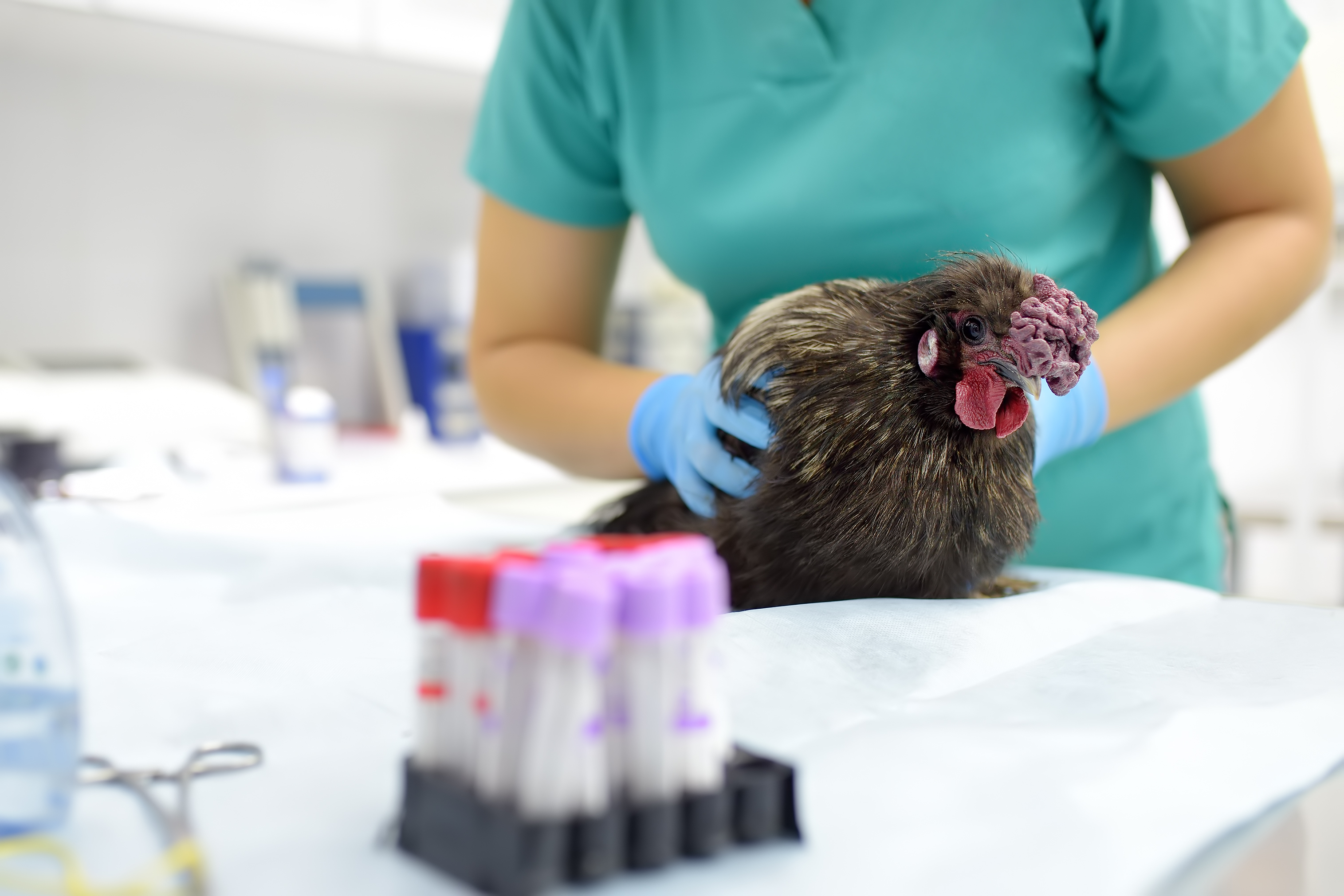
H5N1 primarily circulates in bird populations, particularly in domestic poultry. The virus is highly contagious among birds, and outbreaks can result in significant economic losses due to the culling of infected flocks. Transmission to humans typically occurs through direct contact with infected birds or their secretions, such as saliva, mucus, or feces. The virus can also survive in the environment for extended periods, increasing the risk of exposure for individuals working in poultry farming or live bird markets. Despite these transmission routes, human infections remain relatively rare, suggesting that the virus has not yet adapted for efficient human-to-human transmission. The limited human-to-human transmission observed thus far is a double-edged sword. On one hand, it has prevented widespread outbreaks akin to those seen with other influenza viruses, such as H1N1. On the other hand, the virus's potential to mutate and acquire the ability to spread easily among humans remains a significant concern. Vigilant surveillance and research are essential to detect any changes in the virus's transmission dynamics, enabling timely interventions to prevent a potential pandemic. Understanding these dynamics also informs public health strategies aimed at reducing the risk of zoonotic transmission and protecting vulnerable populations.
3. The Role of Globalization in H5N1 Spread

Globalization has significantly influenced the spread of infectious diseases, including H5N1. The rapid movement of people, goods, and animals across borders facilitates the transmission of pathogens, challenging traditional methods of disease control. International trade in poultry and poultry products is a key factor in the global dissemination of H5N1, as infected birds can introduce the virus to new regions. Live bird markets, where birds from various sources are housed in close proximity, further exacerbate the risk of cross-species transmission and the emergence of new viral strains. The interconnectedness of our world necessitates a coordinated global response to H5N1. International organizations, such as the World Health Organization (WHO) and the Food and Agriculture Organization (FAO), play a critical role in monitoring the virus's spread and providing guidance for containment efforts. Collaboration between countries is essential to implement effective surveillance systems, share data, and develop strategies to mitigate the impact of H5N1 on public health and the global economy. As the world becomes increasingly interconnected, the importance of global cooperation in addressing infectious diseases like H5N1 cannot be overstated.
4. Economic Implications of H5N1
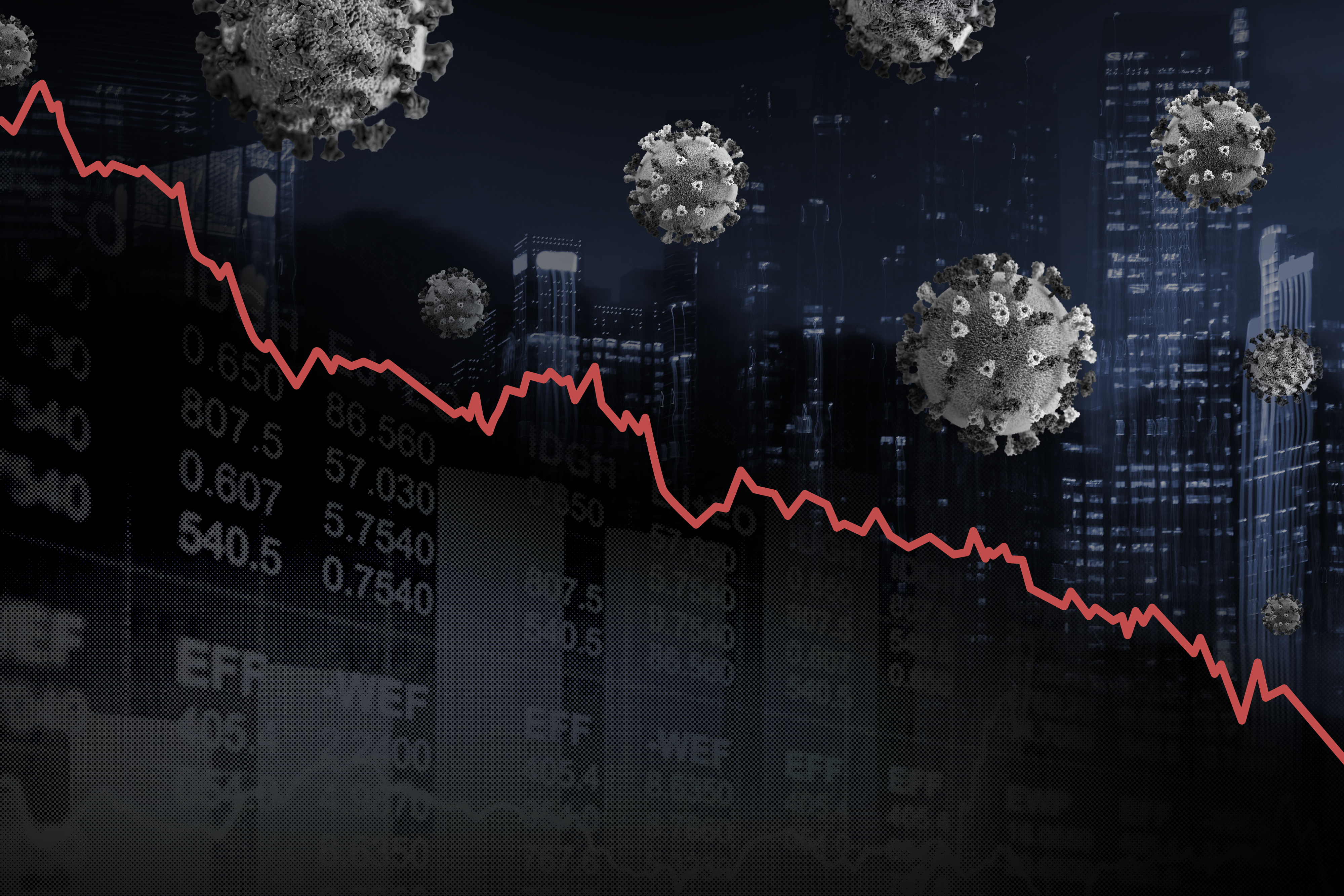
The economic impact of H5N1 extends beyond the direct costs associated with managing outbreaks in poultry populations. The threat of the virus affects trade and tourism, as countries impose restrictions to prevent the importation of infected birds or products. These measures can disrupt supply chains, leading to increased prices and reduced availability of poultry products. The economic burden is particularly pronounced in countries where poultry farming is a major industry, affecting the livelihoods of farmers and related businesses. In addition to these immediate economic effects, the potential for a human pandemic poses a long-term threat to global economic stability. A widespread outbreak could result in significant healthcare costs, lost productivity, and disruptions to international trade. The economic impact of a pandemic would be felt across multiple sectors, highlighting the importance of investing in preventive measures and preparedness plans. By understanding the economic implications of H5N1, policymakers can prioritize resources and develop strategies to minimize the virus's impact on both national and global economies.
5. Public Health Preparedness and Response

Effective public health preparedness is crucial to mitigating the impact of H5N1 and preventing a potential pandemic. Surveillance and early detection are key components of preparedness efforts, enabling authorities to identify outbreaks quickly and implement containment measures. This requires robust systems for monitoring bird populations and human cases, as well as mechanisms for sharing information between countries and international organizations. Rapid response teams and stockpiles of antiviral medications and vaccines are also essential to control the spread of the virus and protect vulnerable populations. Public health education and communication play a vital role in preparedness efforts. Raising awareness about the risks of H5N1 and promoting preventive measures, such as proper hygiene and safe handling of poultry, can reduce the likelihood of transmission. Engaging communities and building trust are critical to ensuring compliance with public health guidelines and fostering cooperation during outbreaks. By strengthening public health systems and fostering a culture of preparedness, countries can enhance their resilience to H5N1 and other emerging infectious diseases.
6. The Role of Vaccination in Controlling H5N1
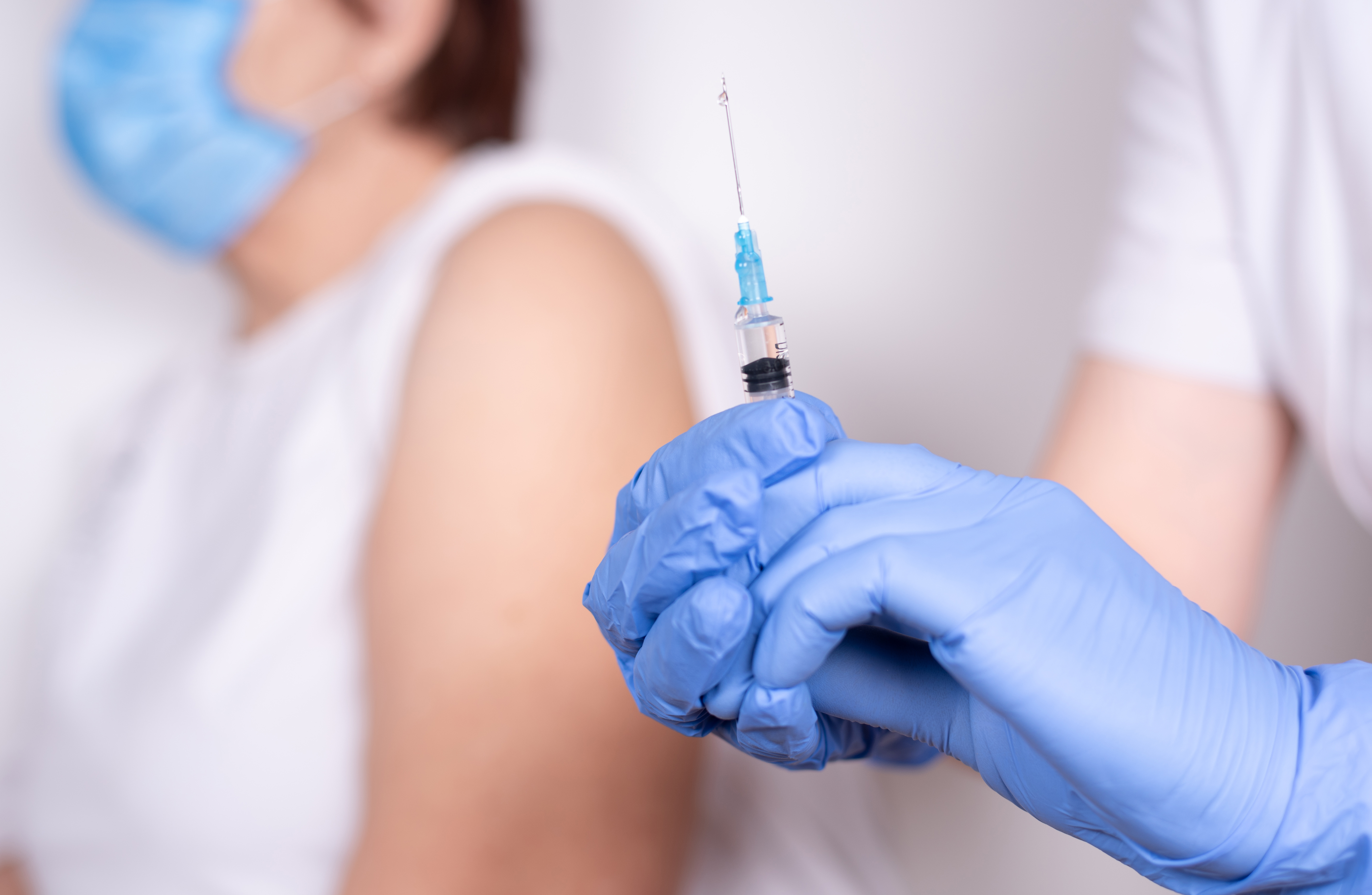
Vaccination is a cornerstone of efforts to control H5N1 and reduce the risk of a pandemic. Developing effective vaccines for both birds and humans is a complex and ongoing challenge, given the virus's ability to mutate and the diversity of strains circulating in different regions. Vaccinating poultry can help prevent outbreaks and reduce the risk of transmission to humans, thereby protecting both animal and human health. However, widespread vaccination of bird populations requires significant resources and coordination, as well as consideration of the potential impact on trade and surveillance efforts. Human vaccines for H5N1 are also under development, with several candidates showing promise in clinical trials. These vaccines aim to provide protection against severe disease and reduce the likelihood of transmission, should the virus acquire the ability to spread efficiently among humans. However, challenges remain in ensuring equitable access to vaccines, particularly for low- and middle-income countries. International collaboration and investment in vaccine research and production are essential to overcoming these challenges and ensuring that vaccines are available to those who need them most.
7. Ethical Considerations in H5N1 Research
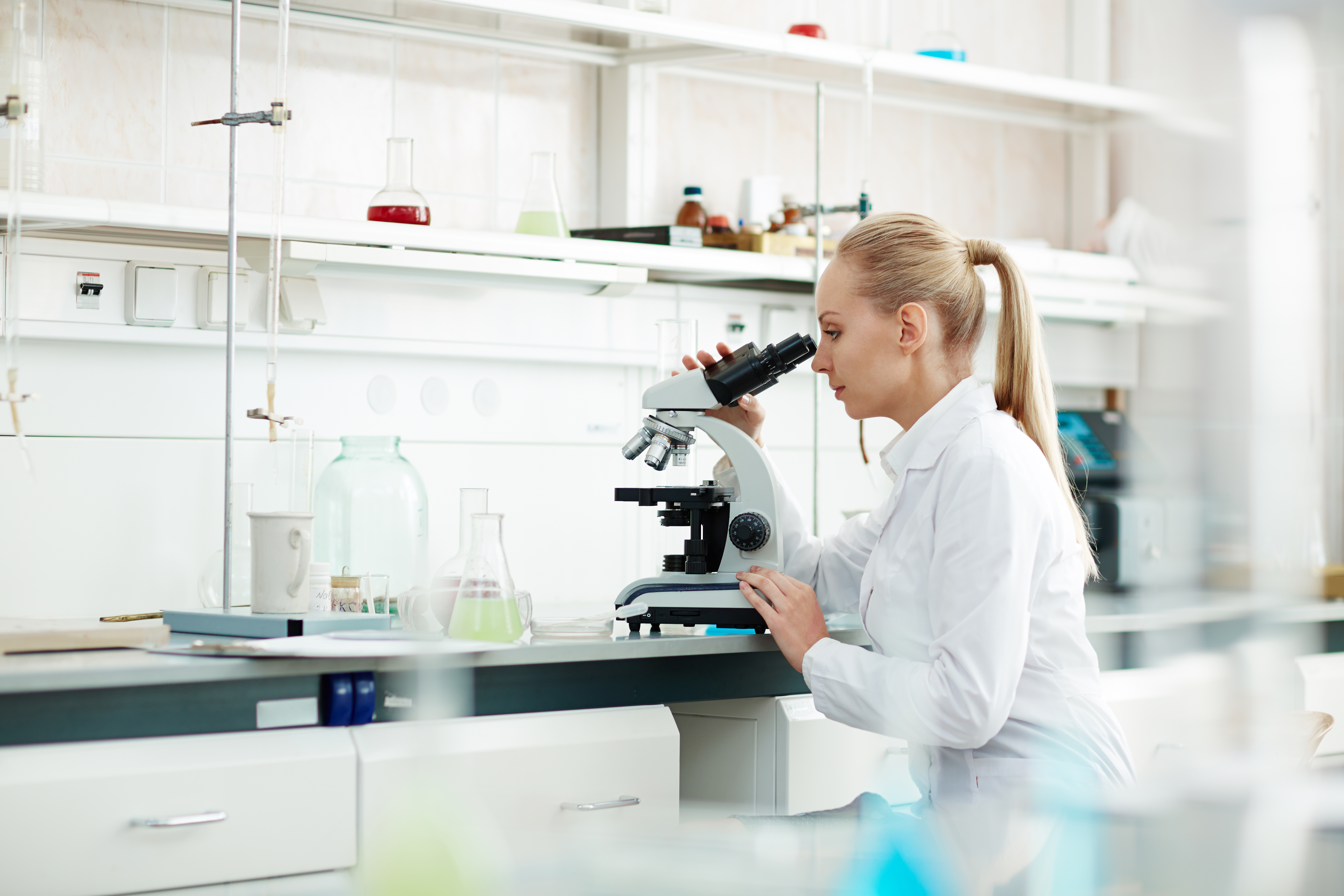
Research on H5N1 raises important ethical considerations, particularly in relation to gain-of-function studies, which involve manipulating the virus to understand its potential to cause a pandemic. While such research can provide valuable insights into the virus's behavior and inform public health strategies, it also carries risks, including the potential for accidental release or misuse of engineered viruses. Balancing the benefits and risks of gain-of-function research requires careful consideration and oversight, with input from scientists, ethicists, and policymakers. Ethical considerations also extend to the allocation of resources for H5N1 research and response efforts. Ensuring that research priorities align with public health needs and that resources are distributed equitably is essential to addressing the global threat posed by H5N1. Engaging diverse stakeholders in decision-making processes and fostering transparency and accountability can help build trust and ensure that ethical principles guide efforts to understand and control H5N1.
8. The Intersection of H5N1 and Climate Change
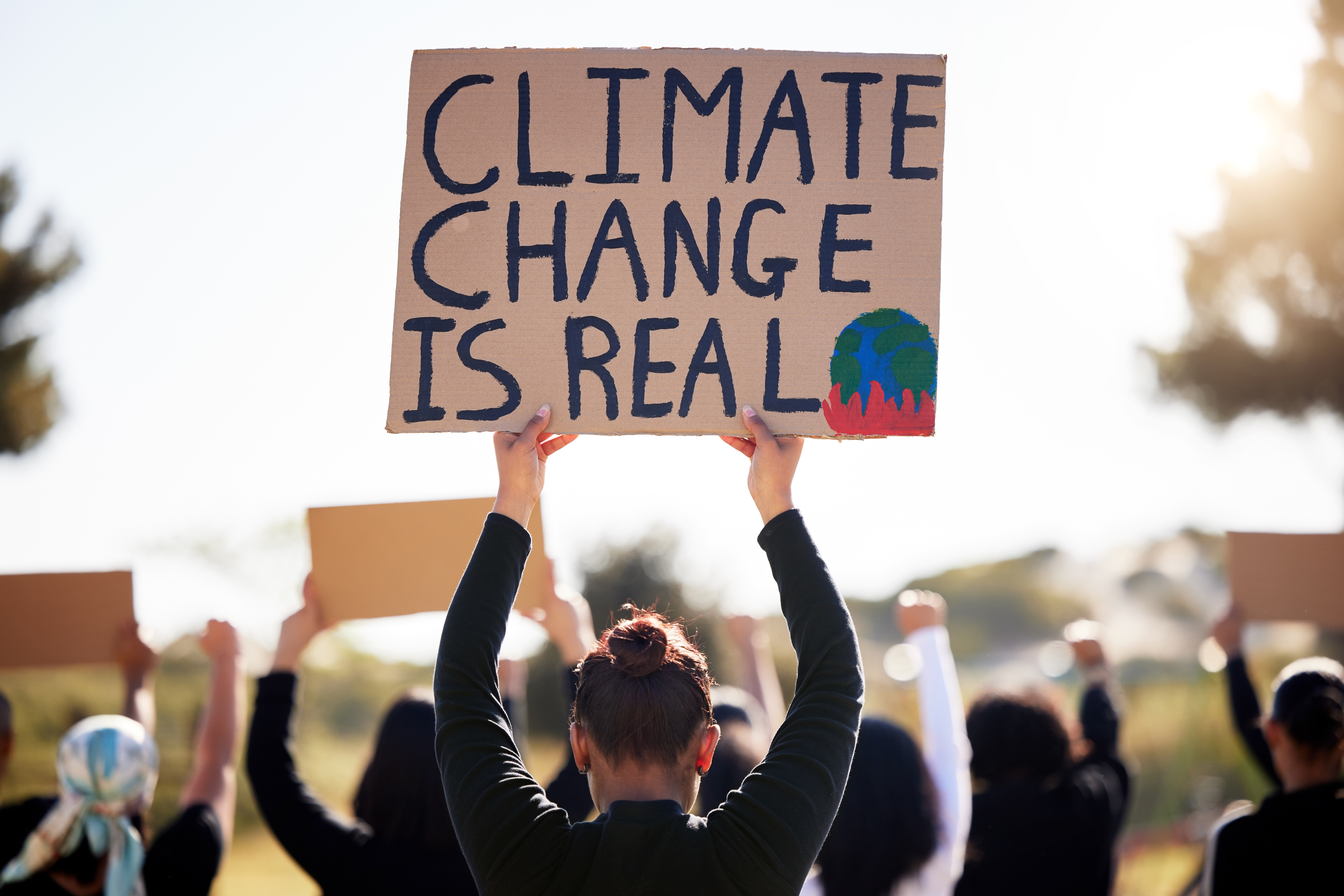
Climate change is an emerging factor influencing the spread and impact of H5N1. Changes in temperature, precipitation, and habitat can affect the distribution and behavior of bird populations, potentially altering the dynamics of H5N1 transmission. For example, shifts in migratory patterns may bring infected birds into contact with new regions and species, increasing the risk of outbreaks. Additionally, climate change can exacerbate the conditions that facilitate the spread of infectious diseases, such as poor sanitation and overcrowding. Addressing the intersection of H5N1 and climate change requires a multidisciplinary approach that considers both environmental and public health perspectives. Strategies to mitigate the impact of climate change, such as reducing greenhouse gas emissions and enhancing ecosystem resilience, can also contribute to reducing the risk of H5N1 transmission. By integrating climate change considerations into public health planning and response efforts, countries can enhance their capacity to address the complex challenges posed by H5N1 and other emerging infectious diseases.
9. The Future of H5N1: Challenges and Opportunities

The future of H5N1 is uncertain, with both challenges and opportunities on the horizon. The virus's potential to cause a pandemic remains a significant concern, necessitating continued vigilance and investment in research and preparedness efforts. Emerging technologies, such as genomic sequencing and artificial intelligence, offer new opportunities to enhance our understanding of H5N1 and improve surveillance and response strategies. These technologies can facilitate the rapid identification of new strains, inform vaccine development, and enable more targeted interventions. Collaboration and innovation are key to addressing the challenges posed by H5N1. By fostering partnerships between governments, international organizations, academia, and the private sector, countries can leverage resources and expertise to develop comprehensive strategies for controlling the virus. Engaging communities and building public trust are also essential to ensuring the success of these efforts. As we look to the future, the global community must remain committed to addressing the threat of H5N1 and seizing the opportunities to enhance global health security.
10. H5N1 and Its Emerging Link to Cattle Infections
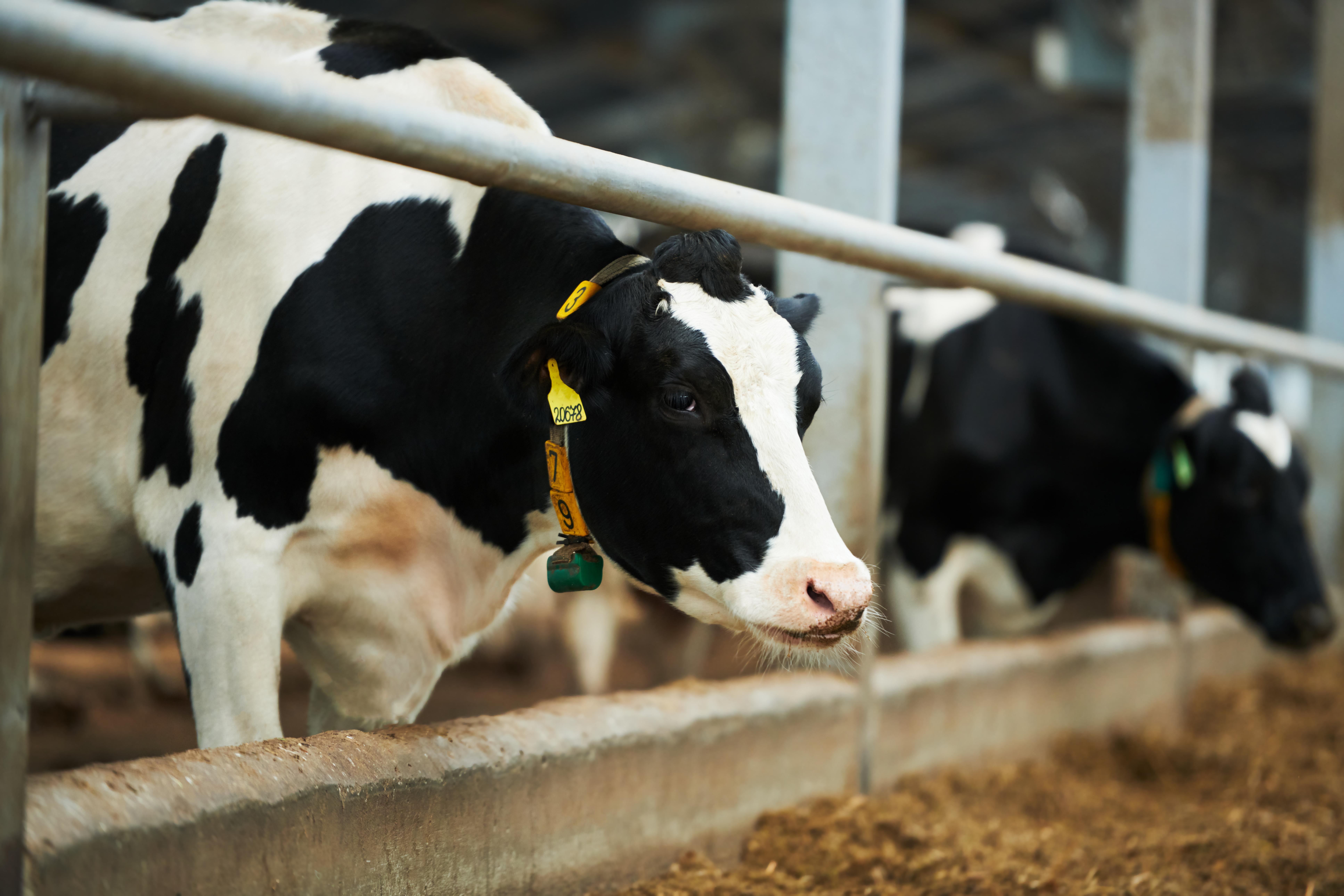
While H5N1 has primarily been associated with birds and sporadic human infections, recent reports suggest that cattle may also be susceptible to the virus. Although not traditionally considered a high-risk species for avian influenza, cattle can potentially contract the virus through exposure to contaminated water sources, feed, or direct contact with infected wild birds. The growing concern stems from evidence suggesting that mammals, including cattle, can serve as intermediate hosts for viral mutations, increasing the likelihood of genetic reassortment that could enhance the virus’s ability to spread among humans. In recent cases, infected cattle have exhibited mild respiratory symptoms, but the long-term impact on the livestock industry remains uncertain. The presence of H5N1 in dairy farms and beef production facilities could pose economic risks due to potential trade restrictions, quarantine measures, and disruptions to food supply chains. Moreover, the risk of viral evolution within cattle populations underscores the urgent need for expanded surveillance and biosecurity protocols. Researchers are now investigating whether cattle can facilitate mutations that make H5N1 more adaptable to mammals, further increasing its pandemic potential. Understanding and mitigating this emerging risk will be critical in preventing future outbreaks and safeguarding both agricultural and public health sectors.
11. Silent Spreaders: The Role of Asymptomatic Carriers
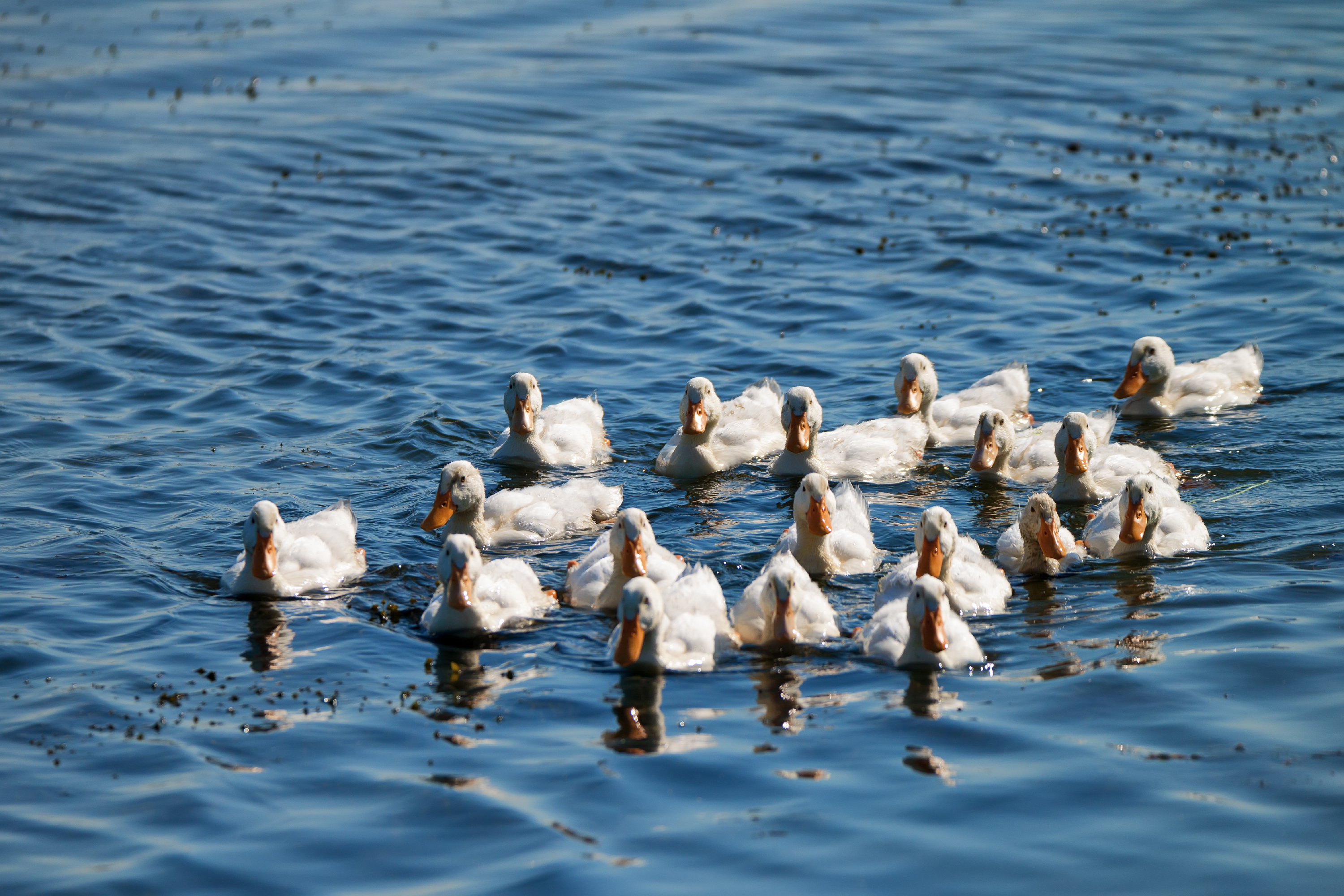
Not all birds infected with H5N1 show symptoms—making them silent spreaders across regions and species. Waterfowl like ducks and geese can carry and shed the virus without falling ill, turning migration routes into invisible transmission corridors. These asymptomatic hosts complicate detection and surveillance, allowing outbreaks to simmer undetected before exploding into domestic poultry populations or crossing into mammals. This stealth factor challenges containment strategies that rely on symptom-based screening. It also underscores the need for proactive environmental sampling and genetic monitoring along migratory flyways—because sometimes the most dangerous threats are the ones you don’t see coming.
12. Mutation Hotspots: Live Bird Markets as Viral Pressure Cookers
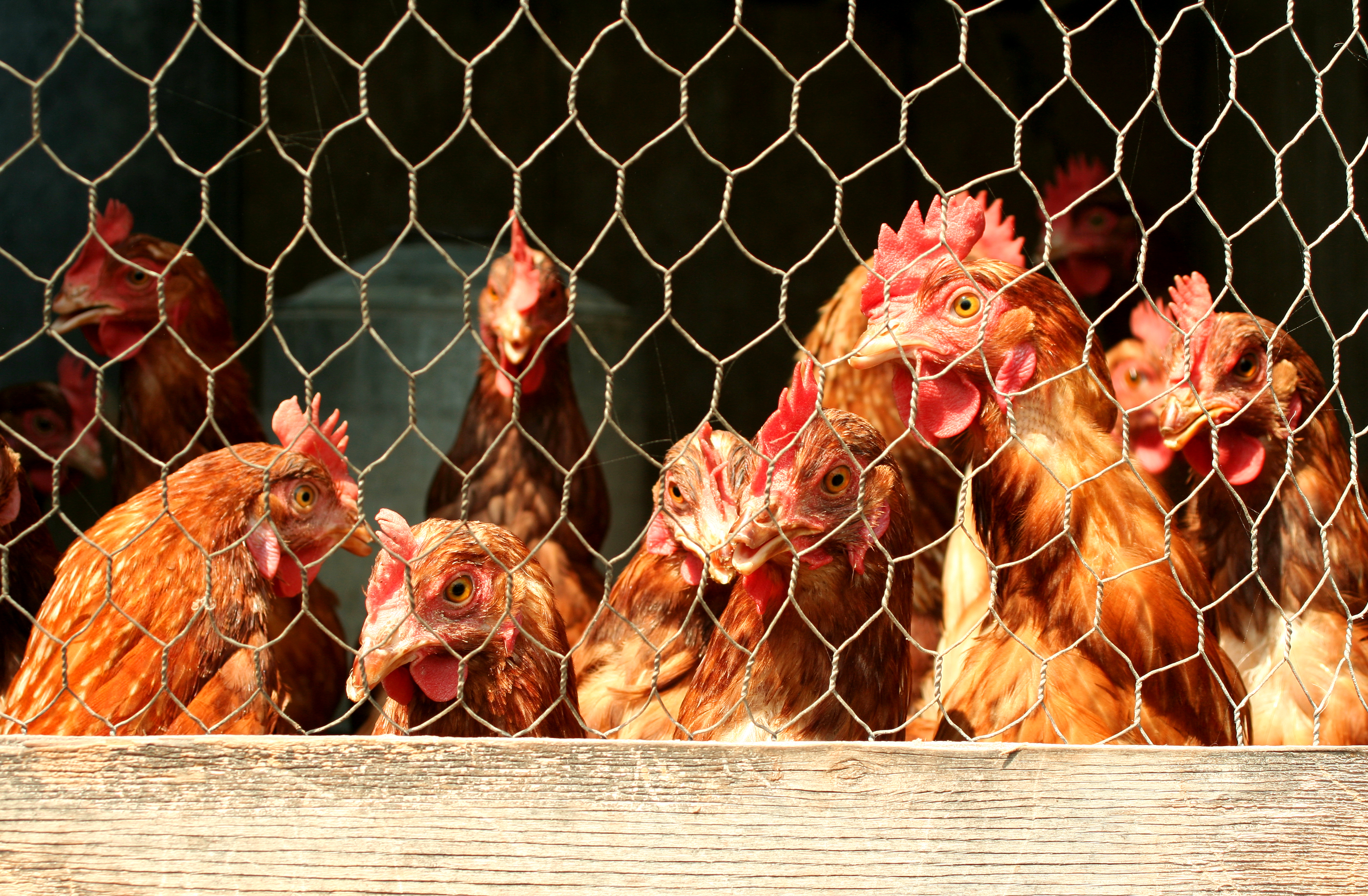
Live bird markets—especially in densely populated regions—serve as high-risk environments for viral mutation and reassortment. With multiple bird species crammed together in unsanitary conditions, these markets create ideal settings for H5N1 to mingle with other influenza strains, increasing the likelihood of a dangerous genetic shift. The virus can jump species, recombine, and re-emerge with new traits—sometimes becoming more virulent or transmissible. These “mutation hotspots” not only endanger local health but act as potential ignition points for global outbreaks. While market closures and hygiene improvements help, their cultural and economic entrenchment makes reform a deeply complex, ongoing challenge.
13. Wildlife Conservation Collisions: Protecting Birds vs. Preventing Disease
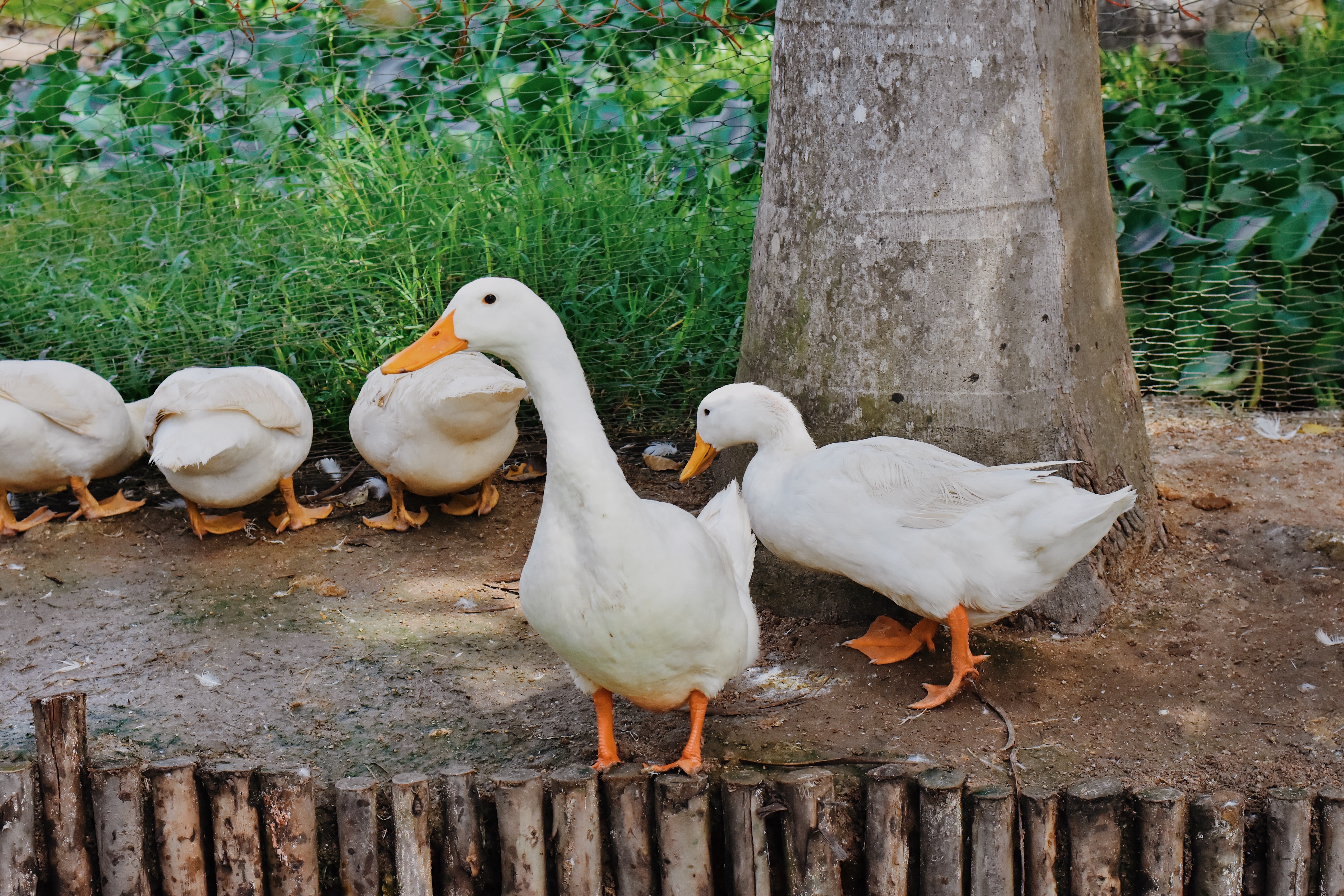
Efforts to contain H5N1 can clash with wildlife conservation goals. Mass culling, habitat disruption, and restrictions on bird migration monitoring—while effective in limiting viral spread—may threaten endangered species and disrupt delicate ecosystems. In some cases, fear-driven responses have led to the destruction of protected wetlands or unscientific extermination campaigns. Striking a balance between preventing outbreaks and protecting biodiversity is increasingly urgent. Conservationists and public health authorities must collaborate on evidence-based strategies that mitigate transmission without endangering fragile bird populations. The goal isn’t just disease control—it’s ecological balance in an era where viruses cross both borders and species lines.
14. Human Behavioral Fatigue and Outbreak Complacency

After decades of warnings without a full-blown H5N1 pandemic, public and political urgency has waned—a phenomenon known as outbreak fatigue. Communities, governments, and even health professionals may become desensitized to H5N1 alerts, undermining preparedness and response capacity. This behavioral drift can delay containment during actual outbreaks, especially when attention is diverted by newer threats like COVID-19. Rebuilding urgency without triggering panic requires nuanced public health messaging that keeps H5N1 on the radar without exhausting the public. Because viruses don’t wait for headlines—they evolve quietly. And complacency is often what allows them to break through.
15. Zoonotic Equity: Who Bears the Risk?

H5N1 doesn’t impact all populations equally. Farmers, market workers, veterinarians, and rural communities face the highest exposure—but often have the fewest resources for protection or treatment. This zoonotic inequality reflects a broader truth: those closest to the animals are furthest from the safety nets. Global health responses must prioritize equity—ensuring that frontline communities have access to vaccines, PPE, education, and compensation for economic losses during culling events. Ignoring this disparity not only perpetuates injustice—it increases global risk. Because if the next mutation emerges, it’s likely to do so in a place the world has underfunded, overlooked, or left behind.
H5N1 Isn’t Just a Virus—It’s a Signal
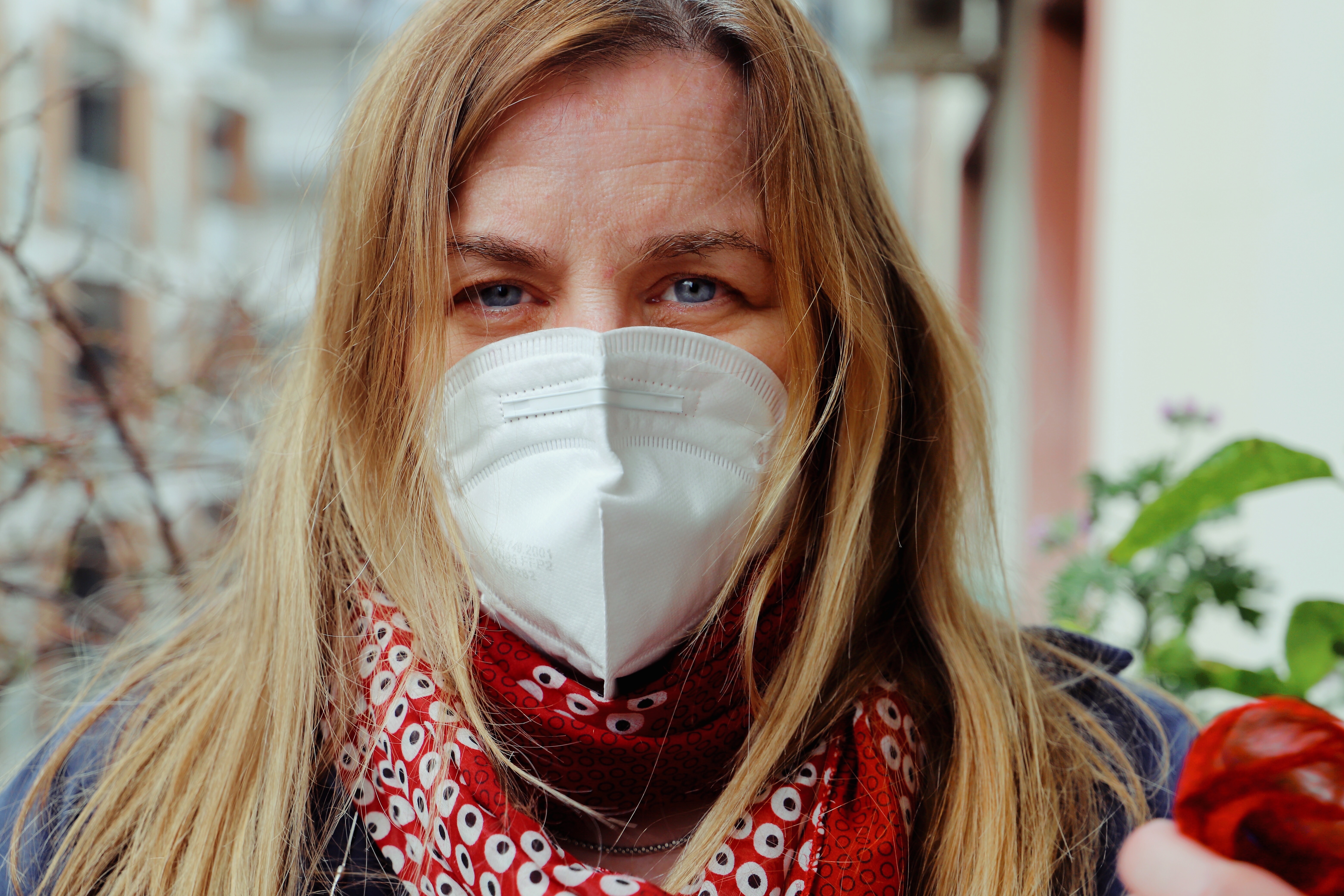
The H5N1 virus isn’t a headline to scroll past—it’s a warning woven through ecosystems, trade routes, dinner tables, and hospital corridors. Behind every bird, cow, or asymptomatic carrier lies a deeper truth: we’re connected. What begins in a market stall or migratory path can ripple into global systems within weeks. That’s why understanding H5N1’s 15 complexities isn’t just academic—it’s essential. Because this virus doesn’t operate in isolation, and neither should we. Containment requires more than science; it demands equity, environmental wisdom, public trust, and coordinated vigilance. As the lines blur between animal and human health, between outbreak and overload, one thing becomes clear: H5N1 is less about panic and more about preparation. Less about if, more about how we respond. The virus is watching how we move, how we treat each other, how we plan. Let’s answer complexity with clarity—before the next mutation answers for us.